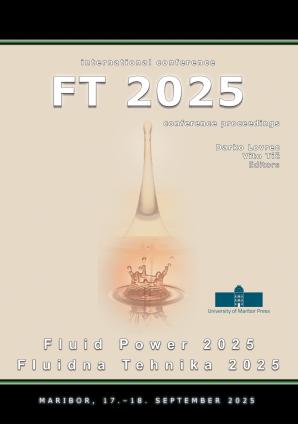Implementation and Experimental Validation of a Time-Controlled Quick-Exhaust for Downstream Throttled Pneumatic Drives
Synopsis
Downstream-throttled pneumatic cylinders are frequently utilized as actuators for motion tasks due to their cost-effectiveness, durability, and robustness. However, they are often regarded as energy-inefficient. This paper presents a novel approach to enhance efficiency by focusing solely on controlling the exhaust air. The proposed system utilizes a time-controlled pneumatic-mechanical quick-exhaust valve, which allows high acceleration at the start of the stroke and subsequent deceleration via conventional downstream throttling. Building on a previous lumped-parameter simulation study, this work details the technical implementation of the concept and provides experimental results that assess its performance and robustness. Comparative tests with a conventional downstream-throttled system demonstrate that the cylinder can be downsized by at least one size, thereby substantially reducing air consumption. However, this improvement comes at the cost of reduced robustness, which necessitates further investigation. The paper covers the entire development process from the initial concept, over the component design, robustness studies and improvements up to a final experimental validation of its dynamic behaviour and compressed air savings in direct comparison to a conventional downstream-throttled drive.







